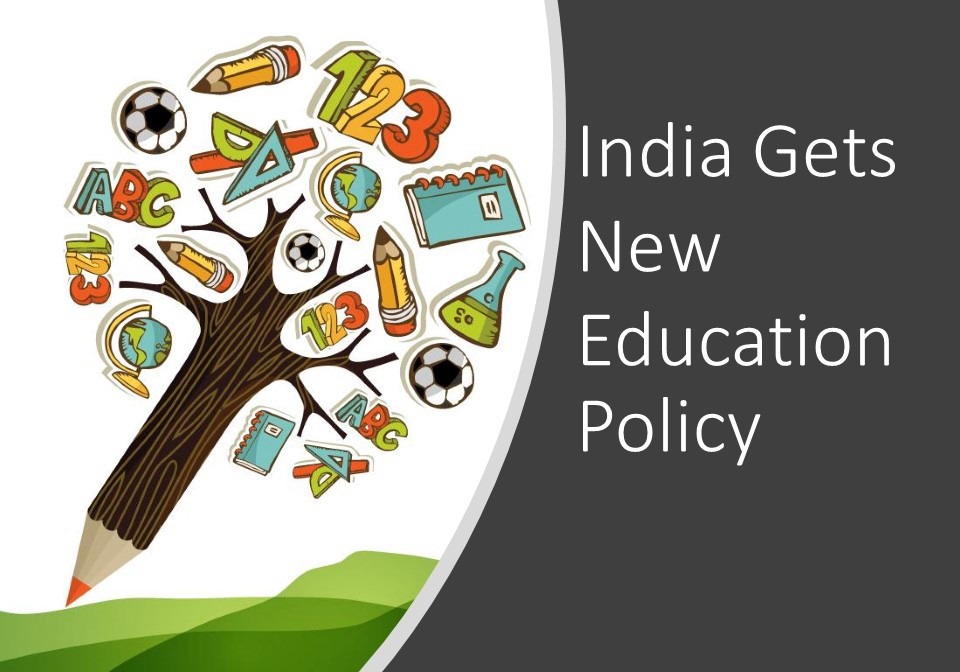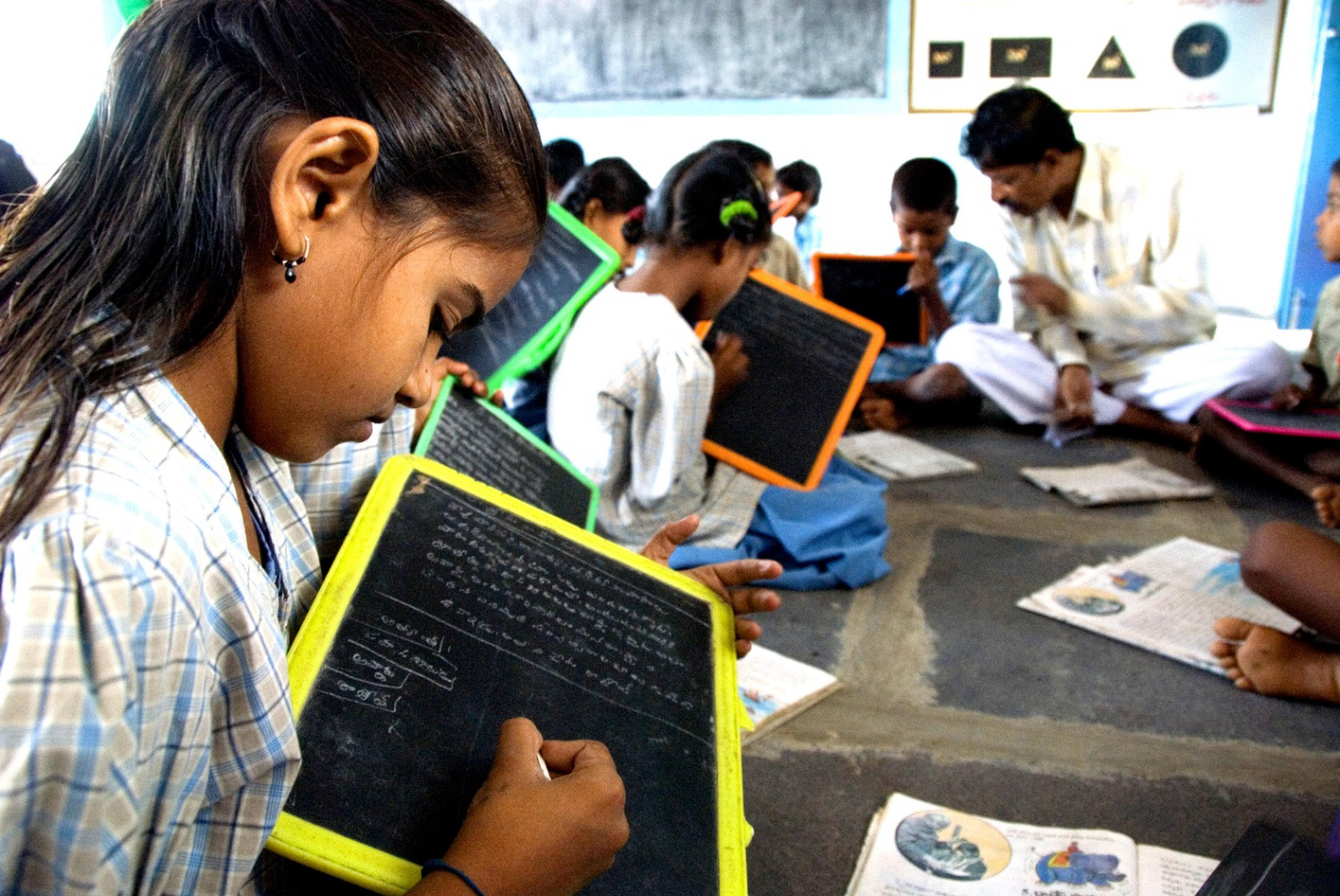
Central Government has approved the New National Education Policy for comprehensive changes in the education sector. This policy has been approved in the country after nearly three decades. Earlier the NEP was formulated in 1986 and it was amended in 1992. A long time has passed. It is expected that it will initiate new and better changes in the education sector of the country. Let us know why this policy was needed to change the education system of the country and what will be the main focus in the new policies?
In the seven decades of independence, only two national policies related to education was introduced: The first education policy was announced in 1968 for the first time after independence. It was based on the recommendations of the Kothari Commission (1964–1966). This policy was implemented by the then Indira Gandhi government. Its main objective was to provide quality education to all the citizens of the country. The education policy of the country was reviewed in later years.
The second National Education Policy of the country was approved in 1986 which was brought by the then Rajiv Gandhi government. Its objective was on mobilising resources such as computers and libraries. At the same time, in 1992, PV Narasimha Rao government revised this policy.
Under NEP, the central government laid down certain principles. These are as follows:
Under the new education policy, subjects of arts and humanities will also be taught in technical institutes. In addition, emphasis will be laid on establishing separate departments in all the colleges of the country for subjects of arts like music, theatre.
-
The cabinet has also approved changing the name of HRD (Human Resource and Development) Ministry to Ministry of Education. Major universities around the world will also be allowed to build their own campus in India.
-
All technical institutes across the country, including IITs, will adopt holistic approaches. Along with engineering, subjects related to arts and humanities in technical institutes will also play a major role.
-
A common entrance exam for admission in all institutes across the country will also be organized. This exam will be conducted by the National Testing Agency. However, it will be optional. It will not be compulsory for all students to join this exam.
-
Students will now be able to do online courses in regional languages also. Apart from the eight major regional languages, online courses will also be launched in Kannada, Oriya and Bengali. Currently, most online courses are available in English and Hindi only.
Structure of education in school
You can see the whole system has changed. There are total five levels in the new system. This will be an important initiative towards creating a new generation of talent at every level. In the current system, a child of 6 years falls in class 1. There is not much change in the new system. But its basic structure has changed a bit. Focus will be on basic literacy and numeracy for 6 to 9 years olds. A national mission will be formed for this. The entire focus will be to strengthen the foundation of children up to class 3. By class 5, the child will have general knowledge of language and mathematics along with his level. There will be multi disciplinary courses for classes 6-8 will teach through activities. It will teach coding to children in class 6. Children up to 8th will be taught on the basis of experiment.

There will be multi-disciplinary courses for children from class 9 to 12. If the child is interested in music, he will be able to take music along with science.

Status of board exams
The new education policy calls for regular and creative assessment. Classes 3, 5 and 8 will have school exams. It will be operated by the appropriate authority. Board exams of class 10 and 12 will continue. Their appearance will change. The new National Assessment Center will be established as a 'Standards-defining Body'.
ECCE framework
ECCE stands for Early Childhood Care and Education. Under this, the care that the child needs in childhood has been linked with education. NCERT will create a national course and educational structure for this. Focus will be on child care and education. Special training will be given to Anganwadi workers and basic teachers. Children between the age groups of three and eight years are divided into two parts. In the first part i.e. for 3-6 years, the child will remain in ECCE. After this, he/ she will study in primary until he/ she is 8 years old.

Open learning option
There will be an option of open learning for classes 3, 5 and 8. So that, two crore students staying out of schools can be connected to studies again. Social workers will also be added for this.
In addition, secondary education programs, vocational courses, adult literacy and livelihood programs equivalent to class 10 and 12 are proposed. Special emphasis will be placed on socially and economically disadvantaged groups (SEDGs) so that everyone gets equal rights over education.
Tri-language formula
In the new education policy, at least till class 5, the medium of interaction with children will be the mother tongue, local language and regional language. Students will have the opportunity to choose Sanskrit as an option at all levels of school and higher education. The tri-language formula will also include this option. Traditional languages and literature will also be in the options. Many foreign languages can also be selected as an option at secondary education level.
Hence, the quality of students is changed, and so the method of subject delivery has also changed. It is a time, schools and colleges to realize the fact and tune themselves accordingly.
